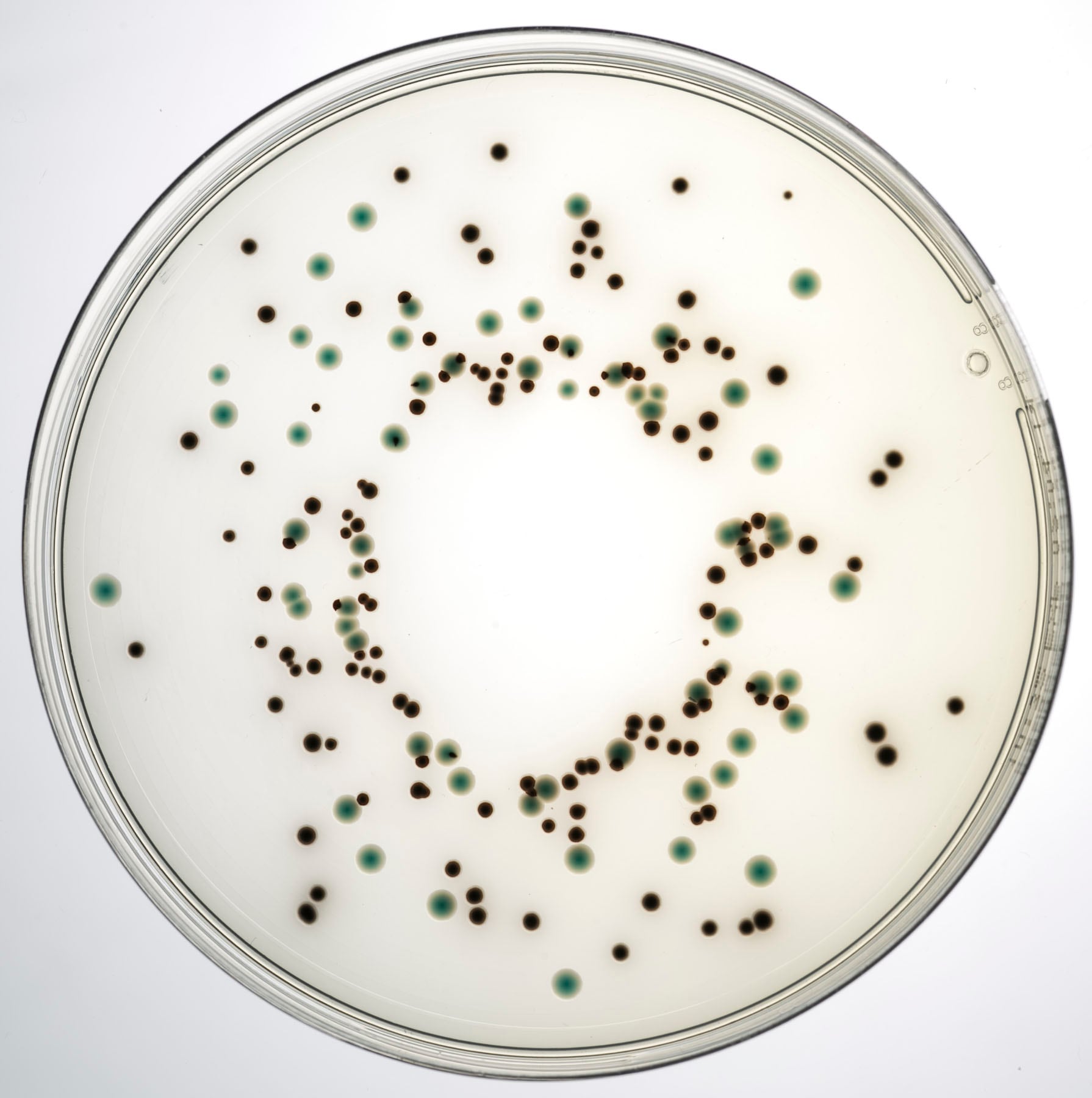The µPrep Half Fraser Broth ISO (+FAC) is supplied sterile in a bag and just requires water.
The medium is based on the formulation of ISO 11290 and meets the performance requirements of ISO/TS 11133.
After 24 hours of primary enrichment, subculture is carried out for secondary enrichment in Fraser Broth.
After another 24 hours enrichment selective isolation is performed on diagnostic plating media, such as Listeria Chromogenic Agar or Oxford Isolation Media.
Reconstitution requires attaching a laboratory deionised or reverse osmosis water supply, via the Lab M filter accessory, to the bag.
Speed, convenience and reliability
Wendy Martindale, director of sales and marketing at Lab M, said the ready to reconstitute media offers a number of benefits.
“Speed of preparation is important in a busy laboratory using many litres of media each day, and cutting out the autoclaving step does save a significant amount of time," she told FoodQualityNews.com.
“It can take up to three hours to prepare media for use compared to a 20 minute rehydration of a µPREP bag.
“A further real benefit to laboratories using high volumes of these broths is the small amount of storage space that the unreconstituted media bags occupy. Space is often at a premium.”
Martindale added that there is no weighing of the dehydrated medium, which cuts time out of the preparation process and eliminates a potential source of error.
Lab M media is manufactured in powdered form, ensuring rapid cold dissolution and avoiding any of the reconstitution issues that can arise with granulated media.
High-throughput laboratories tend to operate to demanding quality standards within closely controlled budgets to serve their customers, said Martindale.
“Efficient working practices are vital and reducing operator time spent on essential tasks, such as media preparation, helps in achieving operational excellence. The µPREP format combines the ease of use of ready prepared media with the shelf life of DCM [dehydrated culture media].”
Media for pre-poured plates
Lab M has also unveiled Pinnacle Salmonella ABC chromogenic medium to improve confirmation accuracy in testing.

The firm already provides the medium in dehydrated form as part of its Harlequin range of chromogenic media but this move makes it available in the Pinnacle range of ready prepared plates.
Martindale said that now labs have a choice of formats.
“Many media used in this application have a wide range of specificity, and consequently place a heavy burden on the laboratory in terms of biochemical and serological confirmation of suspect colonies," she said.
“With improved specificity, Salmonella ABC medium dramatically reduces the need for 'false positive' screening, saving labour and reducing consumable costs.”
Salmonella ABC medium uses a dual chromogen system to visualise these enzyme activities, said Martindale.
“Salmonella spp. can be differentiated from other members of the Enterobacteriaceae by their ability to produce α-galactosidase in the absence of β-galactosidase,” she said.
“The first substrate in the medium, CHE-β-Gal, is enzymatically cleaved by β-galactosidase, producing organisms giving black colonies in the presence of iron. Most Enterobacteriaceae are β-galactosidase positive and these produce black colonies on Harlequin Salmonella ABC Medium.
“The second substrate, X-α-Gal, is hydrolysed by Salmonella spp., producing green colonies that are easily distinguished from the black or colourless colonies of other organisms.”
